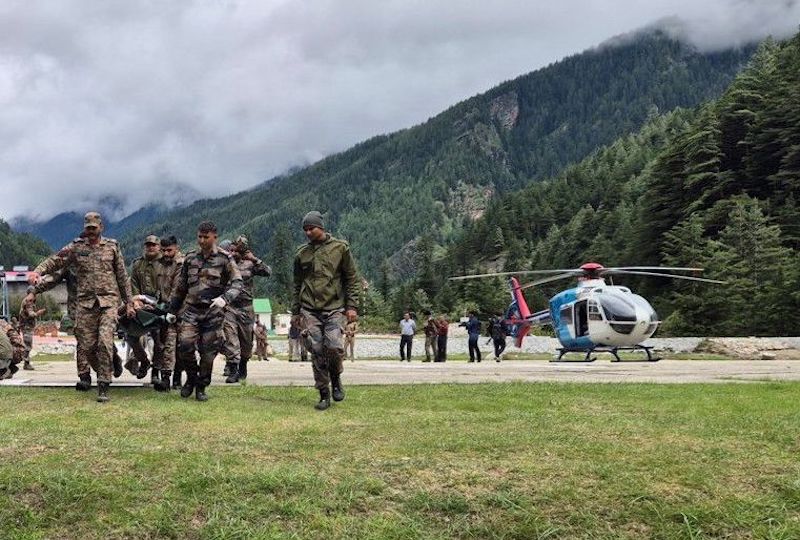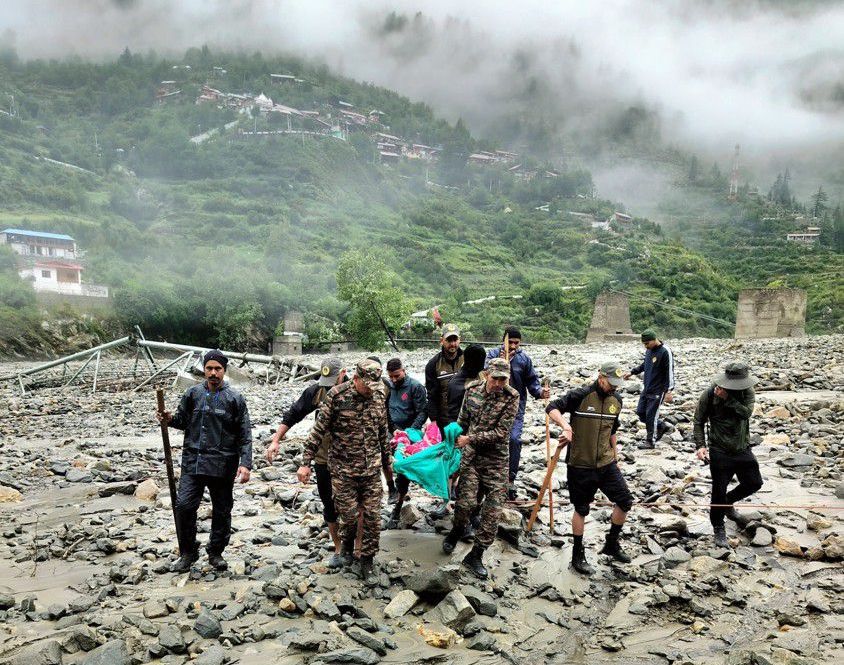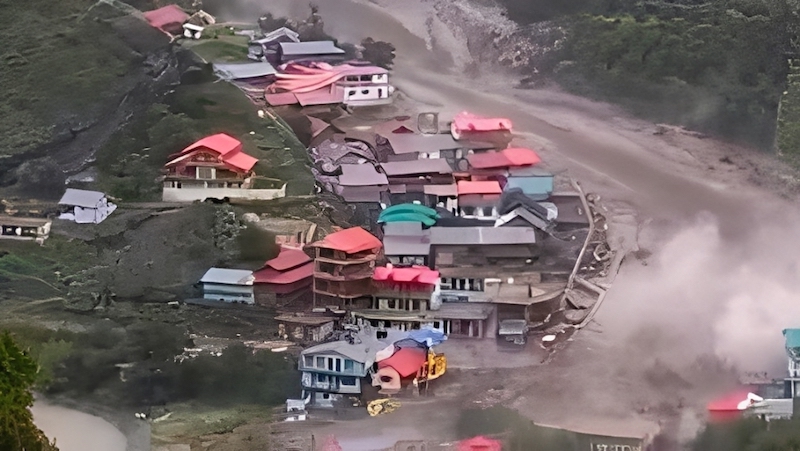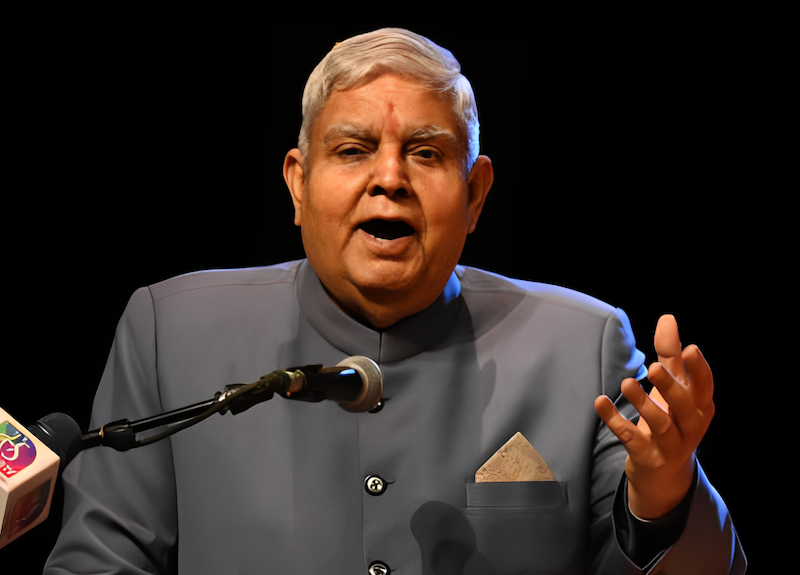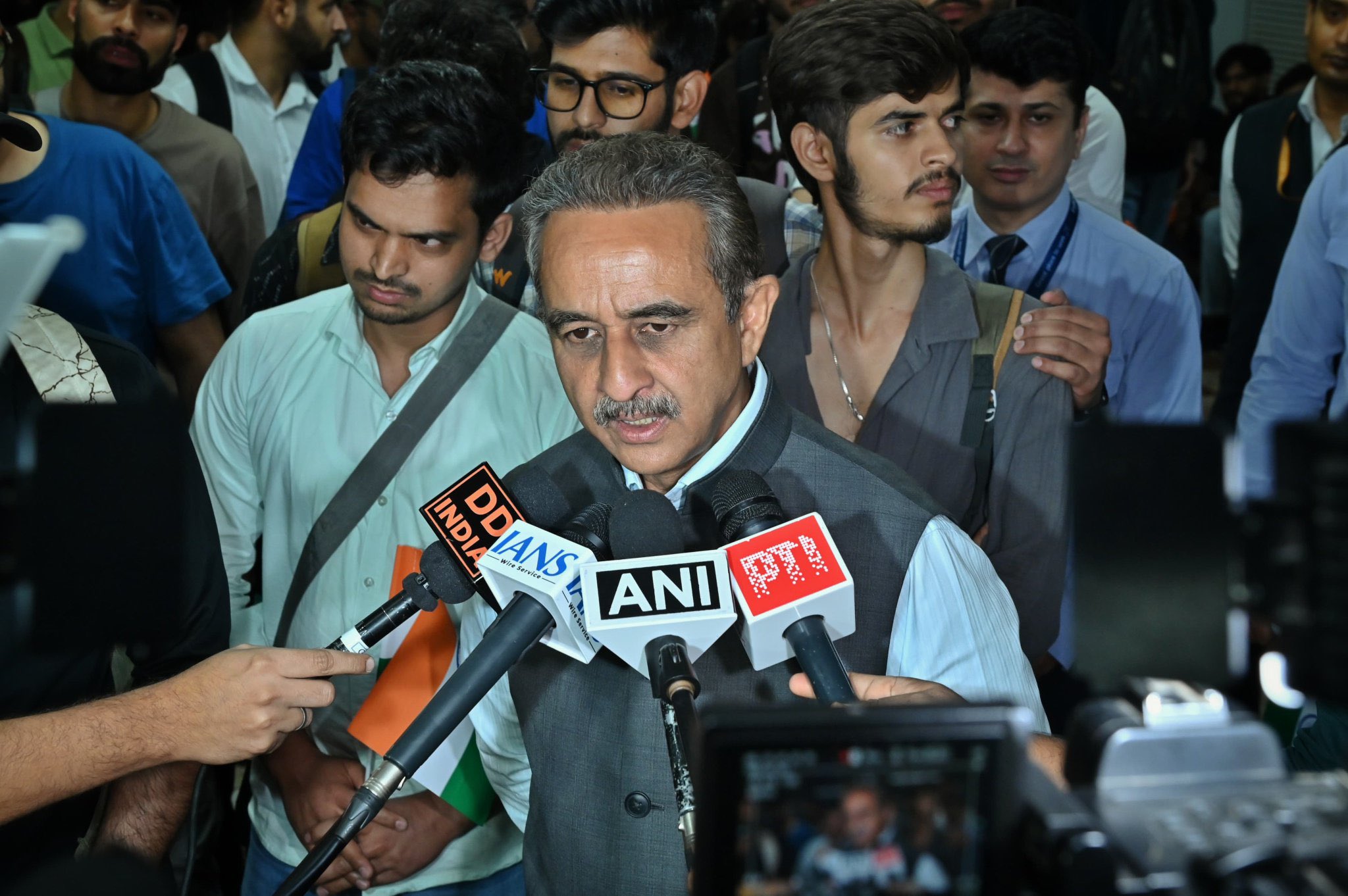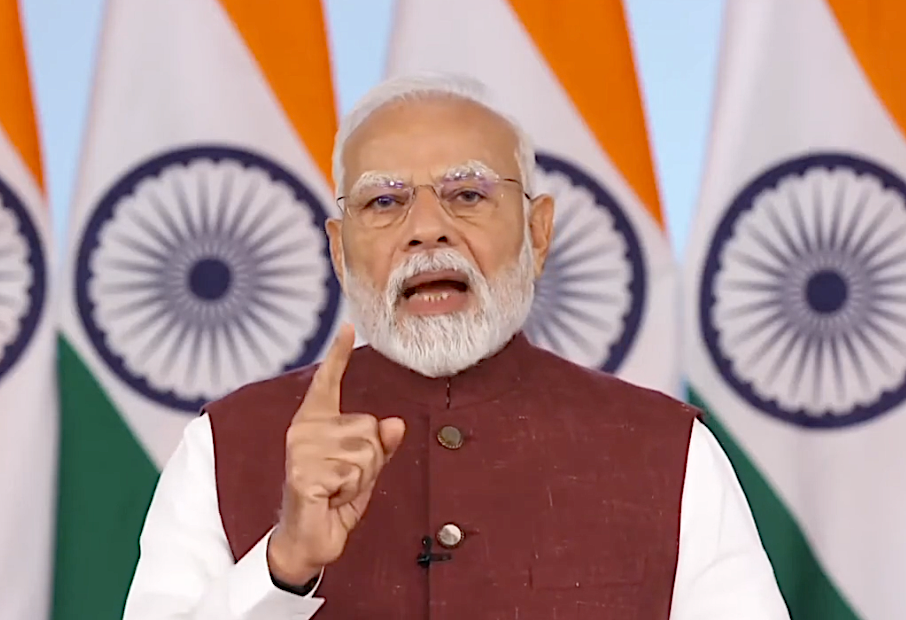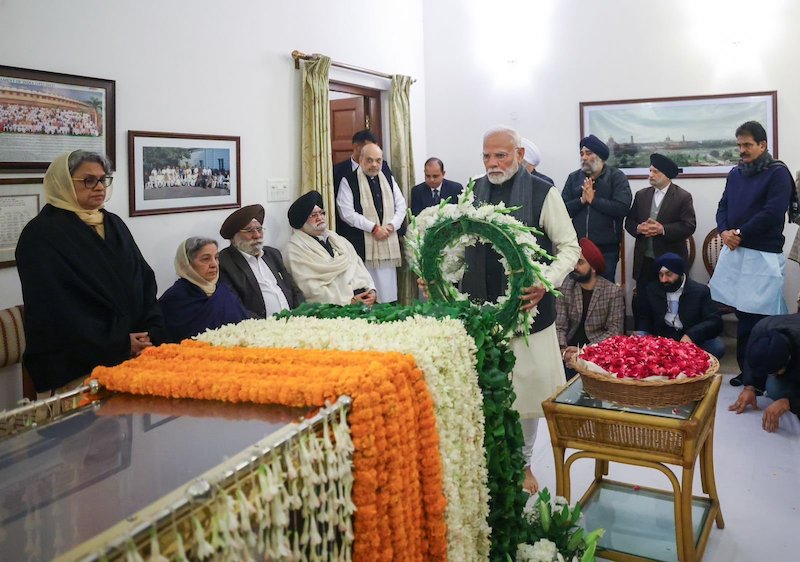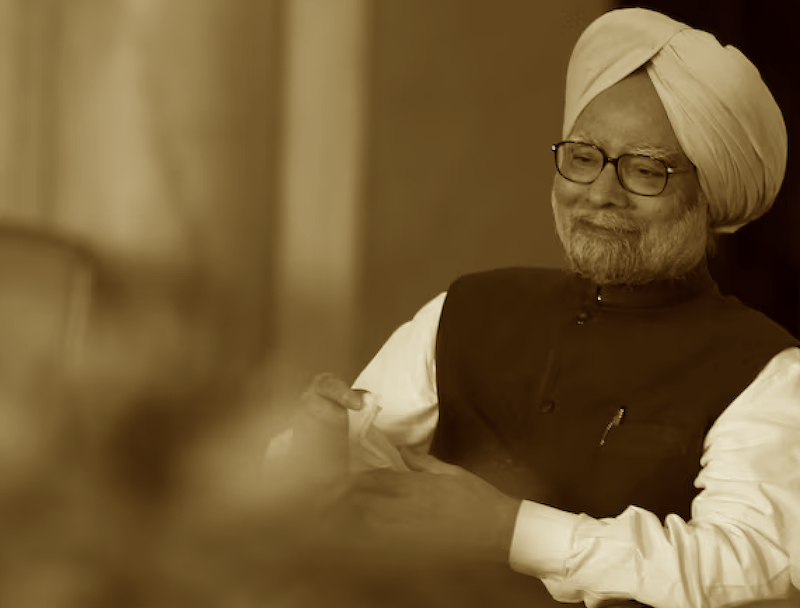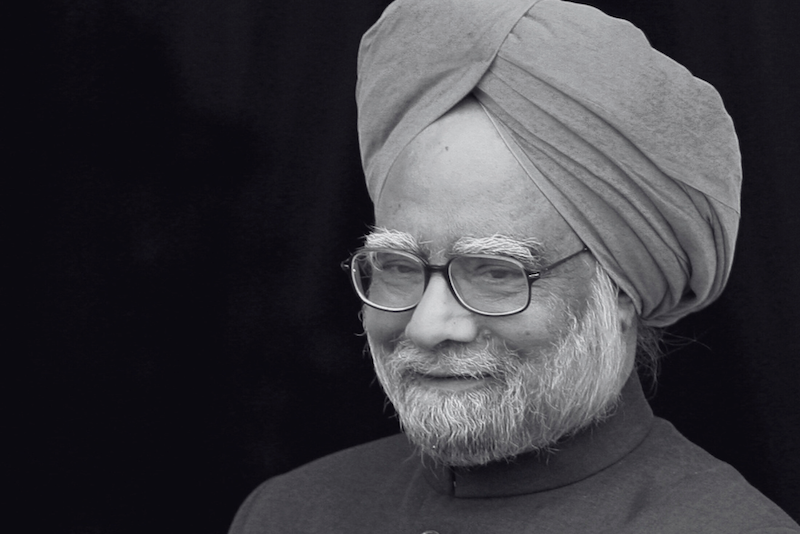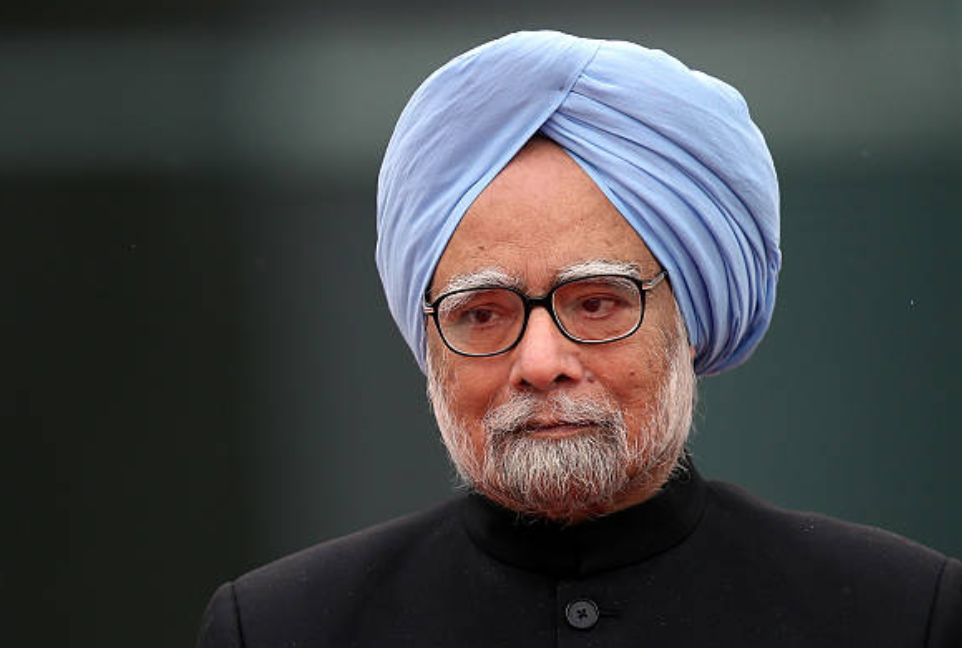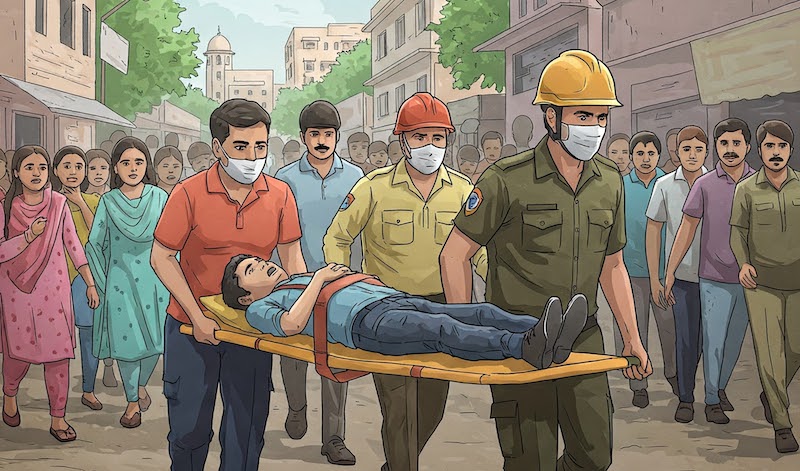 (India Sentinels illustration for representation)
(India Sentinels illustration for representation)
New Delhi: Following the deadly Pahalgam terror attack and escalating tensions with Pakistan, India will conduct extensive nationwide civil defence mock drills on Wednesday. These exercises, the first of their kind since the 1971 India-Pakistan war, will simulate war-like scenarios, including air raids, blackouts, and evacuation procedures across 244 districts throughout the country.
Purpose of the Mock Drills
The decision to conduct these nationwide drills comes in the wake of the devastating terror attack in Jammu & Kashmir’s Pahalgam, on April 22, which claimed 28 lives, mostly tourists. The Indian government has attributed responsibility for the attack to Pakistan-backed terrorists, significantly heightening tensions between the two nuclear-armed neighbours.
The Ministry of Home Affairs issued directives to states on Monday to implement these exercises as part of a broader strategy to enhance civil defence preparedness. The Union home secretary, Govind Mohan, is reviewing preparations with chief secretaries and civil defence heads from across the country through a videoconference on Tuesday, just a day before the drills commence.
“In the current geopolitical scenario, new and complex threats and challenges have emerged, hence, it would be prudent that optimum civil defence preparedness in the states and union territories is maintained at all times,” the ministry stated in its official communication.
While government officials have emphasized that these exercises don’t signal an immediate conflict, they represent significant precautionary measures in response to the current security environment. The prime minister, Narendra Modi, has vowed to bring the perpetrators of the Pahalgam attack to justice, declaring they would be pursued “to the ends of the earth.”
Activities Planned
The comprehensive mock drills scheduled for Wednesday will encompass a wide range of civil defence activities designed to prepare authorities and civilians for potential emergencies. These include:
* Air-Raid Warning Systems – Authorities will activate air raid warning sirens across urban centers to familiarize citizens with alert sounds and appropriate responses. These sirens will simulate warnings for incoming attacks, providing crucial training for the public on how to react in such scenarios.
* Blackout Exercises – The drills will include crash blackout procedures, where lights will be turned off in designated areas to avoid detection from the air. Citizens may experience temporary power cuts as part of these simulations.
* Evacuation Protocols – Mock evacuation exercises will be conducted to move people from vulnerable areas to safety. These rehearsals aim to help authorities identify logistical challenges and improve response times during actual emergencies.
* Infrastructure Preparation – Activities will include cleaning and restoring bunkers and trenches to ensure shelters are usable. Additionally, there will be exercises focused on camouflaging vital installations such as power plants and other critical infrastructure.
* Communication Testing – The drills will test communication lines with the Indian Air Force through hotline and radio systems. Control rooms and shadow control rooms will also be assessed for operational readiness.
* Training Components – Civilians will receive training on various aspects of civil defence, including Basic first-aid procedures, firefighting techniques, proper use of shelters, communication protocols during emergencies, and self-protection measures during hostile attacks, among other things.
Participants in the Mock Drills
Tomorrow's drills will involve participation from various stakeholders across government and civil society. Key participants include:
* Civil defence wardens and home guards, who will lead many of the exercises.
* National Cadet Corps (NCC) and National Service Scheme (NSS) cadets.
* Nehru Yuva Kendra Sangathan (NYKS) volunteers.
* School and college students, who will engage in training sessions.
* Police and paramilitary forces, who will simulate war-like scenarios in some areas.
* Fire services and medical teams, participating in emergency-response simulations.
* Government agencies, coordinating the various components of the drills.
In an interesting development, the ruling Bharatiya Janata Party (BJP) has requested its members of Parliament to participate in the drills as ordinary citizens, emphasizing the importance of these exercises for national preparedness.
Geographic Coverage of Drills
The mock drills will be conducted across 244 designated civil defence districts throughout India. These include both urban and rural areas, with special focus on:
* Border states particularly vulnerable to potential conflict.
* Major metropolitan centres, including Delhi.
* States, such as West Bengal and Punjab, which have been specifically identified in planning documents.
The exercises will extend down to the village level, ensuring comprehensive coverage and maximum public awareness.
Historical Context and Significance
Wednesday’s nationwide civil defence drills represent the first such exercises since 1971, the year when India and Pakistan last engaged in full-scale war. The decision to revive these drills after more than five decades underscores the seriousness with which Indian authorities are viewing the current security situation.
These civil defence measures draw from Cold War-era methods when countries regularly conducted mock drills and evacuation exercises to prepare for potential air raids and nuclear attacks. By implementing these measures now, India is essentially reactivating dormant civil defence protocols in response to contemporary threats.
Public Advisory
The public has been advised to remain calm and follow local instructions during the drills. Authorities recommend keeping basic supplies, like water, medicines, and flashlights ready, avoiding rumour-spreading on social media, and listening to official government channels for updates.
Following the completion of drills, each participating state and Union territory will submit an “action-taken report” documenting the event, response gaps, and recommendations for improvement. These reports will help authorities identify strengths and weaknesses in current civil defence systems and make necessary adjustments.
The ultimate goal of these exercises is to reduce panic, avoid confusion, and potentially save lives by increasing awareness and readiness among the civilian population in case of actual emergencies.
Local authorities are encouraging the citizens to participate seriously and view the exercises as an important opportunity to enhance national resilience in the face of evolving security challenges.

